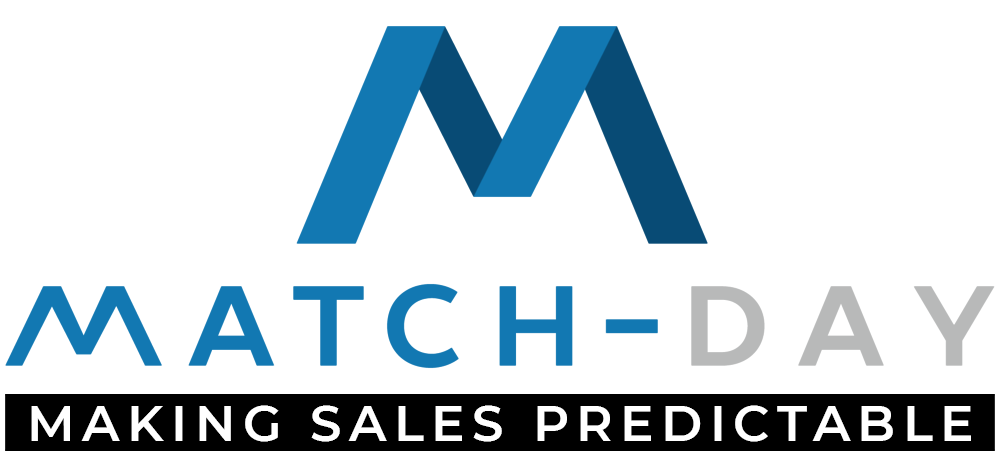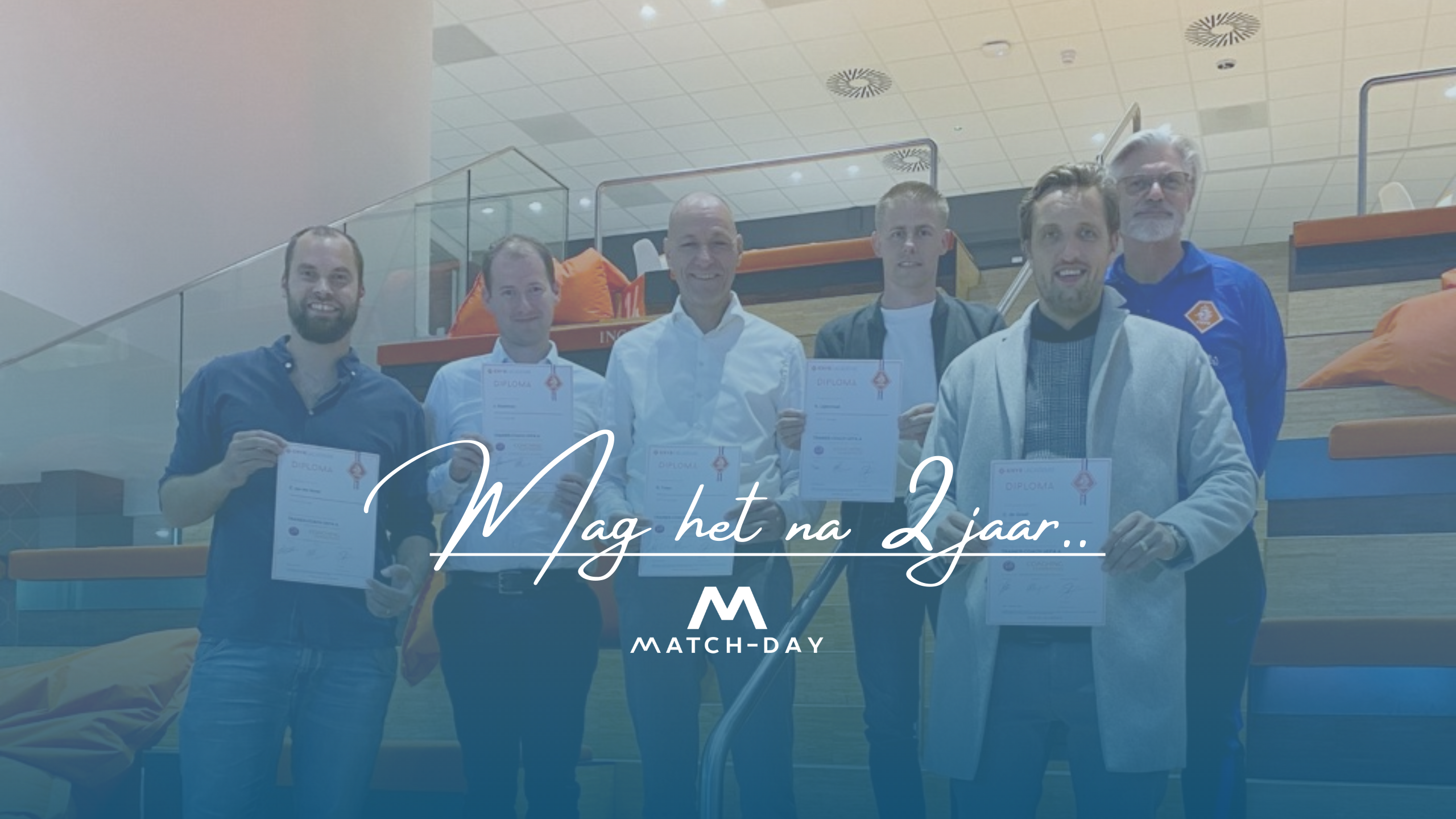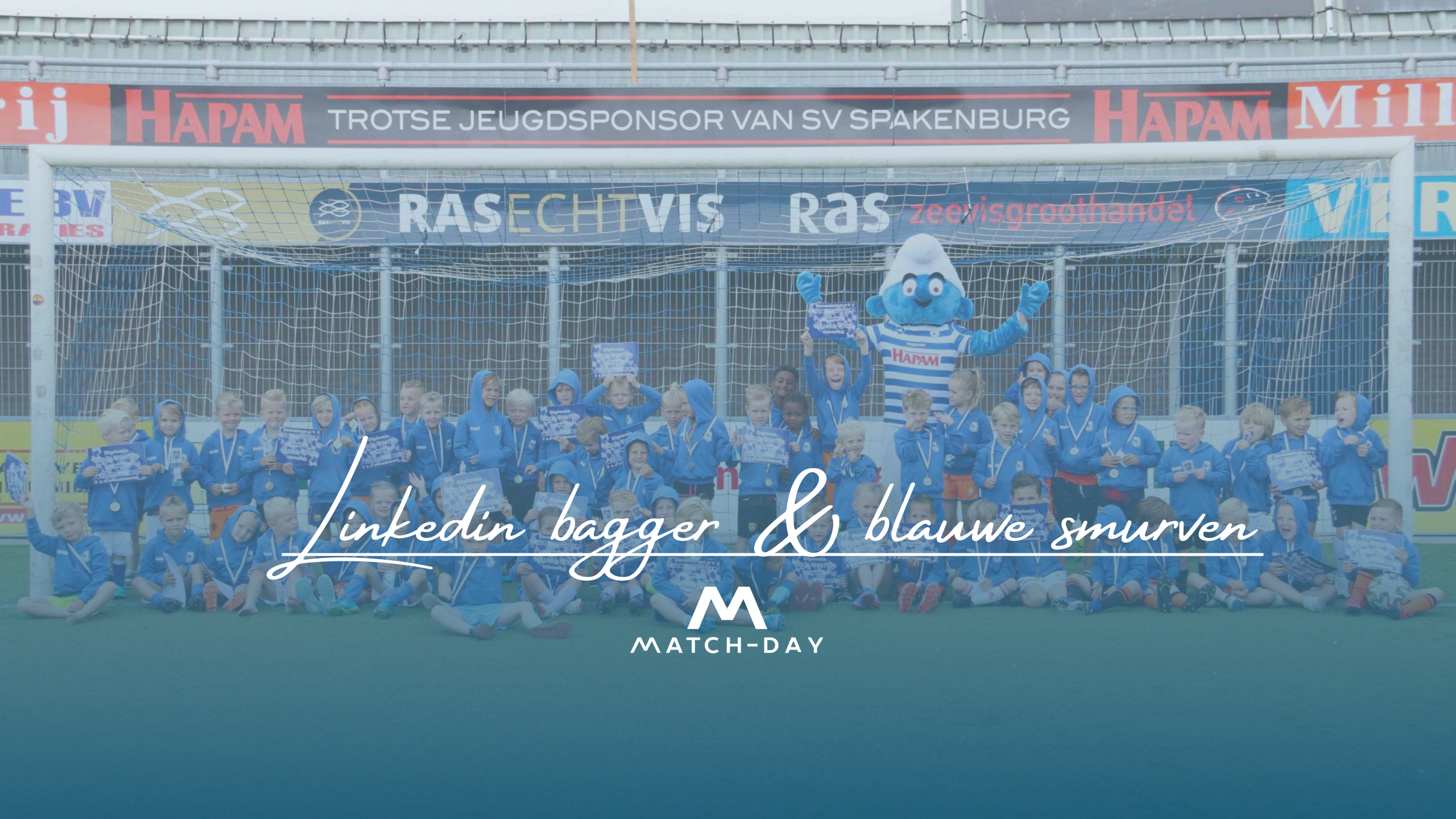Did you know that 63% of sales people chase away potential customers instead of bringing them in? No, neither did we. Yet it is quite logical when we look at the shocking fact that the vast majority of of sales people don't know what the buying process of their buyers looks like. Indeed, how can you guide potential customers to buy your product or service if you yourself do not understand how a positive buying decision is made? To answer this question, in this three-part series we will zoom in on the 6 Why's from one of our favourite sales gurus: David Hoffeld.
Before we start, we will briefly go over a bit of theory. The 6 Why's consist of six questions that each start with 'why'. These questions refer to the mental steps every potential customer goes through during his or her purchasing process. This is the foundation of the sales process, which is why you want to focus on these six questions during the sale.
Hoffeld's Why's:
- Why change?
- Why now?
- Why your industry solution?
- Why you and your company?
- Why your product or service?
- Why spend the money?
The more your selling efforts are aligned with how the brain naturally formulates buying decisions,
the more successful you will be." - David Hoffeld

Today we focus on the first two why's:
#1: Why change?
Answering this why lays the foundation of your sales. This is due to a powerful phenomenon: the status quo bias, which simply means that we humans resist change. This is no ordinary phenomenon, but a controlling force over human behaviour. It allows you to defuse any preconceptions your buyers may have about keeping things in line with the status quo.
This why is very important, because you want to make potential customers see why they should change. Or at least make them feel the urgency to consider changing. If you don't give your potential customers an urgent reason to change, they won't do so either. So, for the time being, you will not be relevant to potential customers.
I hear you thinking; but how does this work in practice? The best way to answer 'why change' is to create added value. If you can't show this, why would potential customers change? Because their life is fine as it is, right? Let me explain why.
In order to get your prospect to see your added value, there are three phases of questions that we go through. These are explained below in chronological order. Bear in mind that in practice you are dealing with a real conversation and not an interview, so these phases can be mixed up.
- Find problems
Most prospects do not recognise that they have a problem. So what is important to ask yourself is: what are recognisable problems or ambitions that prospects experience where they need my solution?
Questions that can help you find out are:
- "What concerns you most about (subject)?"
- "If you look with an oblique eye to the future, what steps would you still like to take from your role?"
The great advantage of approaching people in learning mode is that you can seek out problems that the prospect himself does not yet know they are experiencing. I think you can imagine what an enormous boost of confidence this gives to be allowed to solve the problem you have found.
- Understand problems
Once you have found out what your prospect wants to achieve, the next step is to also understand why your prospect wants this and to find out what obstacles are on the way to their goal. In short, what is the gap between the current situation and your prospect's ideal situation?
Example: Your prospect would like to get more market share within the manufacturing industry.
The question that can help you find out why your prospect wants this is:
- "What makes it so important to win more market share in the manufacturing industry?"
It may happen that no specific answer comes from this. What you can do then is mirror your prospect. This is repeating the last 2-3 words of the sentence, so that you invite the prospect to be more specific.
-Prospect: "Yes we just want to grow"
-You: "Just grow?"
-Prospect: "Yes we already have quite a bit of market share in the software industry, but for the continuity of our business we don't want to become too dependent on it. And we want more market share in another sector, such as the manufacturing industry".
- Make problems hurt
Finally, we come to the third principle, where it is important to let your prospect feel their 'pain'. As discussed earlier, people do not like to admit that they experience problems. Yet everyone experiences them. Including you and me. Often, these are things we have lived with for years. Or do we make this up to ourselves and do not dare to face the pain we experience when changing our behaviour? In order for your prospect to take action, this pain has to become greater than the current situation in which he or she finds themselves.
A good example:
When my wife gave birth for the first time, she experienced intense pain. We arrived at the hospital at 180 km/h and ran a red light to get to the hospital as quickly as possible to get help. During the second birth, she experienced little or no pain. We stuck to the speed limit and were not fined.
The big difference between these two situations is the pain my wife experienced. The maxim I want to make clear with this is: no matter how much pain your prospect experiences, he will want to drive to the hospital!
Questions that might help you to increase the impact of the "pain" are:
- "What impact does it have on your continuity if you fail to book meetings with companies in the manufacturing industry?"
- "What if there is no change in that?" or "What benefits would there be if [situation]?"
In short, find out what your prospects want to achieve, understand why they want to achieve it and let them feel!
Let us now move on to the second why.
#2: Why now?
Once buyers want to change, it is important that you make them understand and persuade them to make the purchase as soon as possible, i.e. now . Buyers only postpone decisions they are not confident in, so give them the certainty they need to make a purchase. To achieve this, you need to create urgency among buyers to make a purchase.
To do this, you must first become aware of the psychological barrier to creating urgency. Namely, our intrinsic desire to resist when we perceive that our ability to make non-committal choices is limited by a person.
For example, what goes through your mind when you pass a bench that says: do not touch, wet from paint! Right, of course you want to touch this bench.
To be successful in sales, it is important to create urgency. But, without the buyer's sales pressure as a conclusion to your requests. This will make potential customers less resistant, because they will feel that they can still control their own choices. This is where sales will skyrocket!





